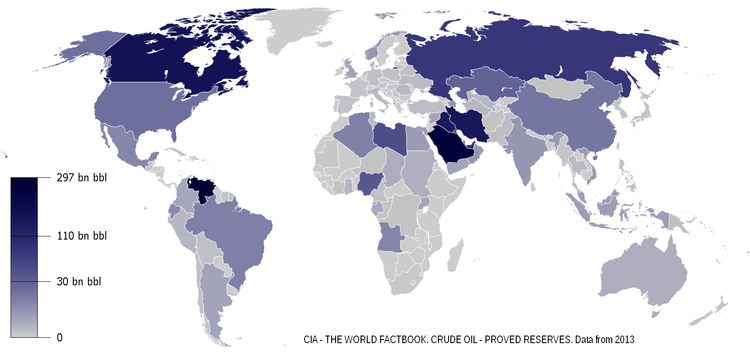Crude oil futures recover after EIA’s weekly Petroleum Status Report
- Crude oil and refined product futures contracts see strong gains following a bearish inventory and demand report by the Energy Information Administration (EIA)
- WTI crude oil up $1.03 to $77.97/bbl, Brent crude up $1.01 to $82.02/bbl
- RBOB gains 4cts/gal, ULSD contract increases by 4.23cts/gal
- U.S. crude oil inventories down 3.7 million bbl, gasoline inventories down 5.6 million bbl
- Gasoline demand at highest level this year, up to 9.456 million b/d
- Refinery utilization drops to average 91.6%, oil production remains at record levels
Oil futures contracts experienced gains on Wednesday following the release of a bearish inventory and demand report by the Energy Information Administration (EIA). Crude oil prices, including West Texas Intermediate (WTI) and Brent crude, saw increases as they were on track to end a four-day decline. The September contract for WTI rose $1.03 to $77.97/bbl, while the October contract gained $1.01 to $82.02/bbl. Brent crude also experienced similar gains with the September contract up $1.01 to $82.02/bbl and October prices rising $1.02 to $81.09/bbl. Refined products, such as gasoline and ultra-low sulfur diesel (ULSD), saw increases of 4cts/gal and 4.23cts/gal respectively. The EIA’s weekly Petroleum Status Report revealed a decline in U.S. crude oil inventories by 3.7 million bbl, placing stocks 5% below the seasonal five-year average. Gasoline inventories fell by 5.6 million bbl, resulting in a 2% deficit compared to seasonal averages, while distillate supplies faced a 9% deficit. The report also highlighted an increase of nearly 700,000 b/d in implied U.S. gasoline demand, reaching the highest level this year at 9.456 million b/d and surpassing comparable weeks in 2022 and 2023. The drop in oil inventories occurred amid a decrease in U.S. refinery utilization to an average of 91.6%, which was expected due to weak refining margins and lackluster gasoline demand this summer. Despite the decline, oil production maintained record levels at 13.3 million b/d during the week.
Factuality Level: 9
Factuality Justification: The article provides accurate and objective information about the changes in oil prices and inventory levels based on the EIA’s weekly Petroleum Status Report. It also includes relevant details about gasoline demand and refinery utilization. The source is reputable as it is operated by Dow Jones & Co.
Noise Level: 3
Noise Justification: The article provides relevant information about the energy market and oil prices, with a focus on recent inventory and demand reports from the Energy Information Administration. It also includes specific data and figures to support its claims. However, it lacks in-depth analysis or exploration of long-term trends or consequences of decisions made by powerful entities within the industry.
Private Companies: Oil Price Information Service
Key People: Steve Cronin (Reporter), Michael Kelly (Editor)
Financial Relevance: Yes
Financial Markets Impacted: Crude oil and refined product futures contracts
Financial Rating Justification: The article discusses changes in crude oil and refined product prices, which directly impact the financial markets of energy companies and investors involved in these commodities.
Presence Of Extreme Event: No
Nature Of Extreme Event: No
Impact Rating Of The Extreme Event: No
Extreme Rating Justification: There is no extreme event mentioned in the text.
 www.marketwatch.com
www.marketwatch.com 





